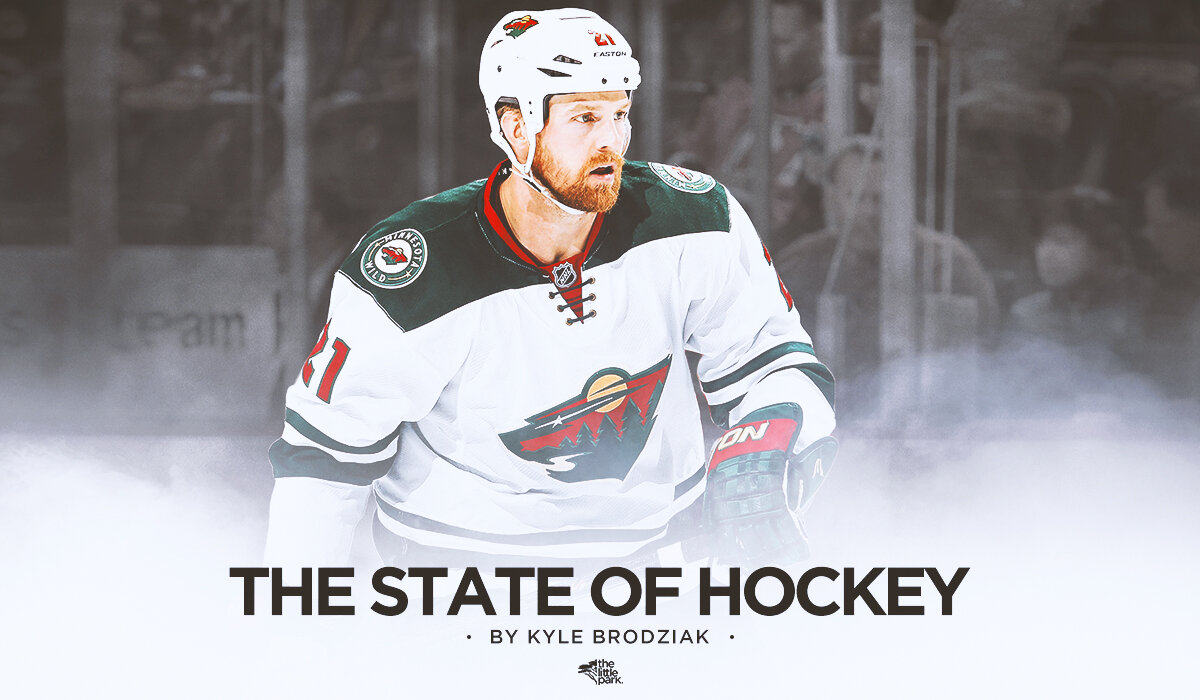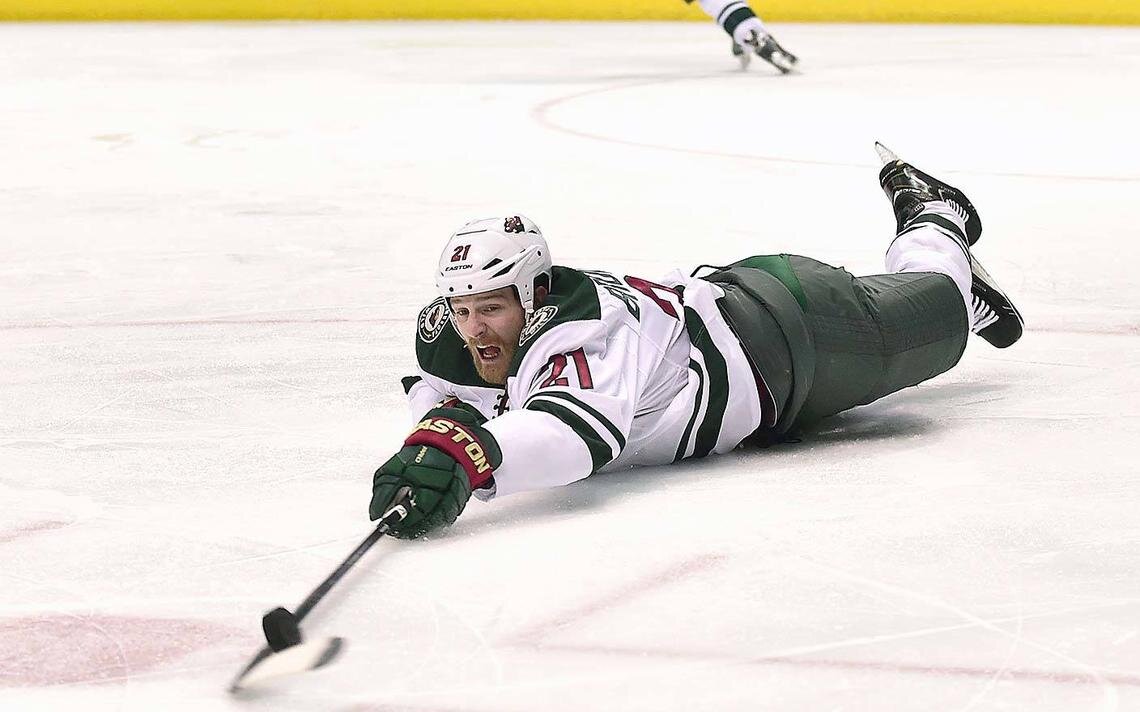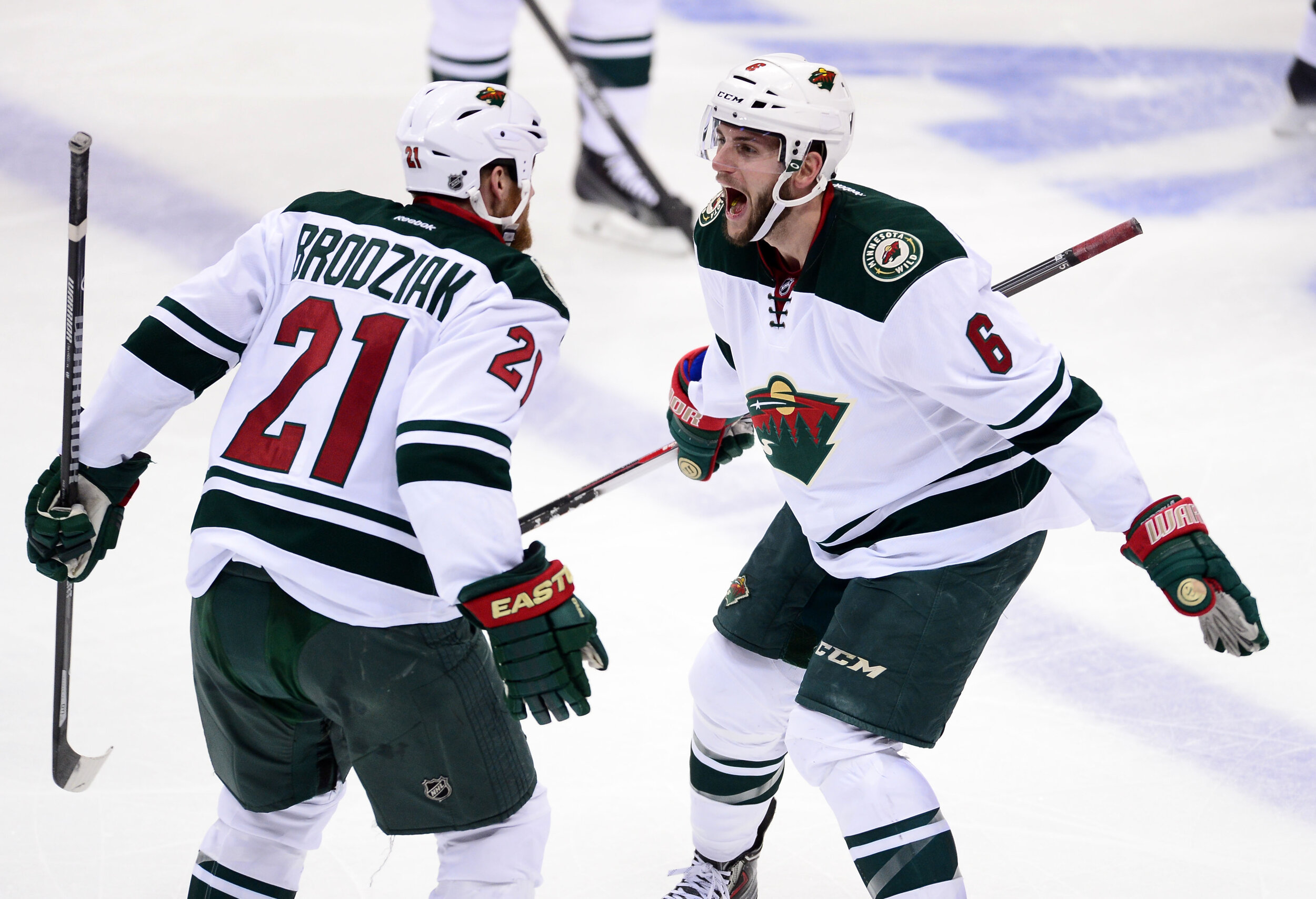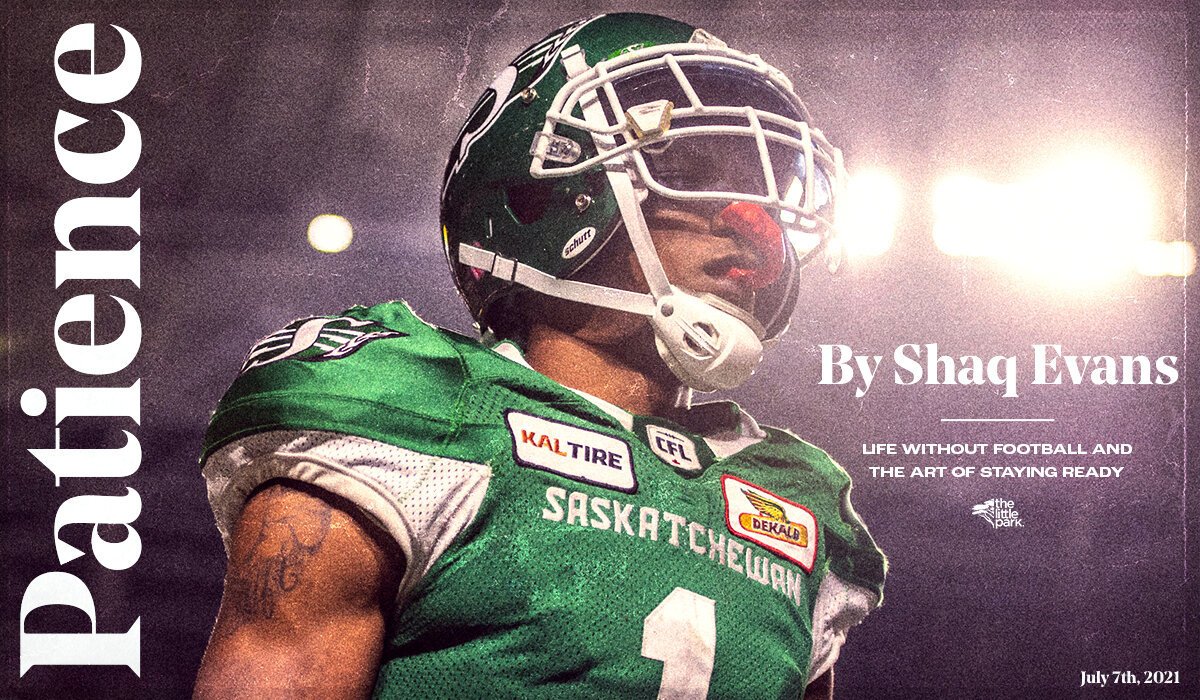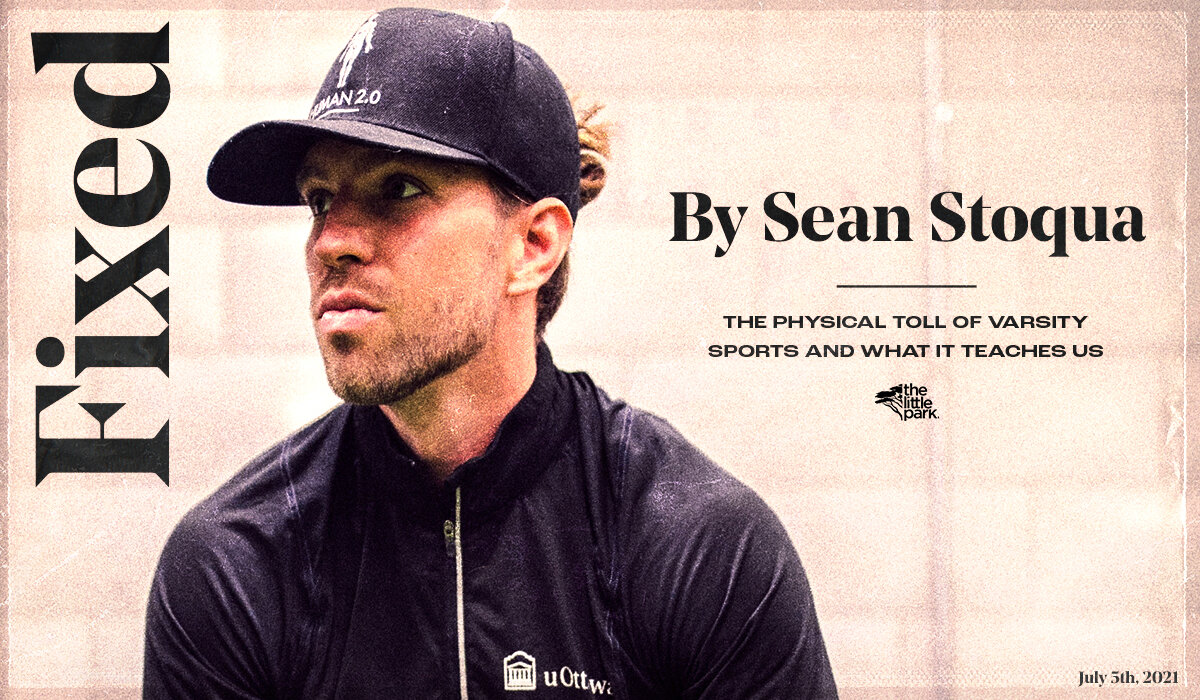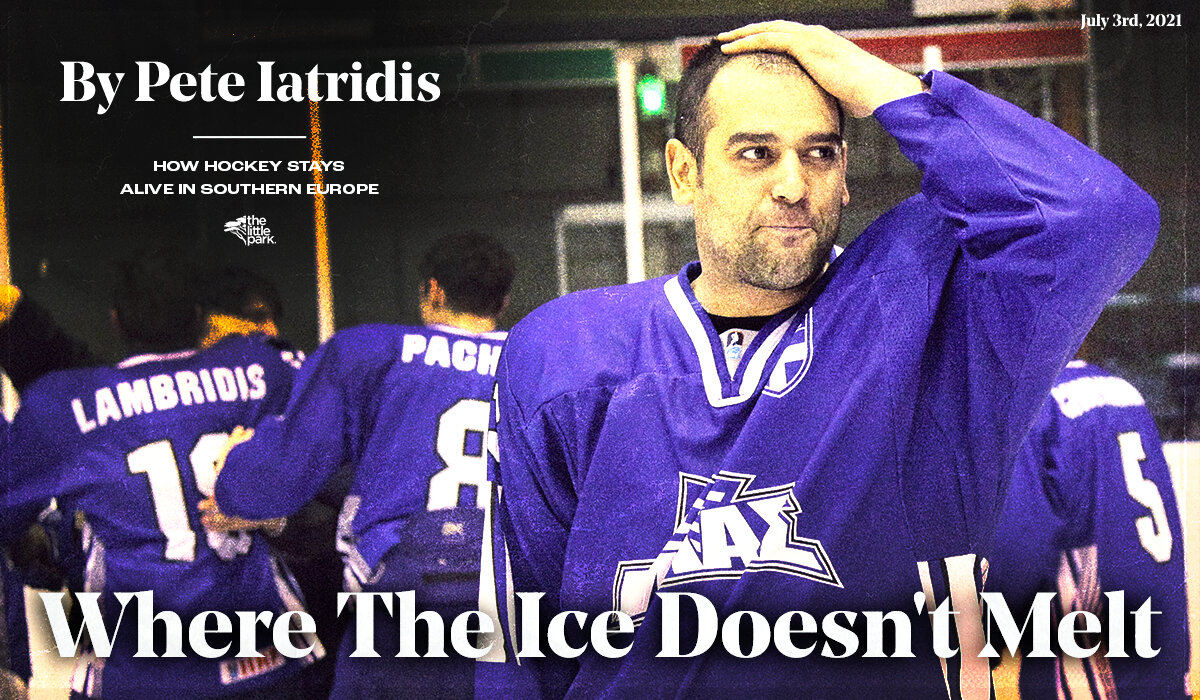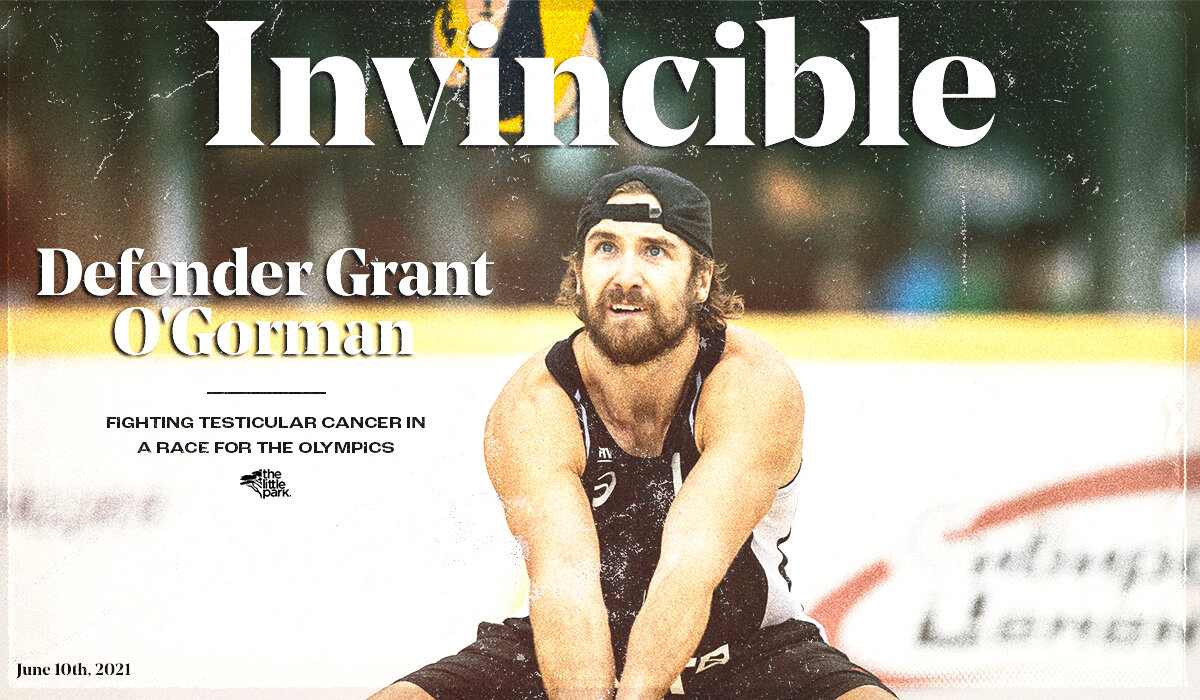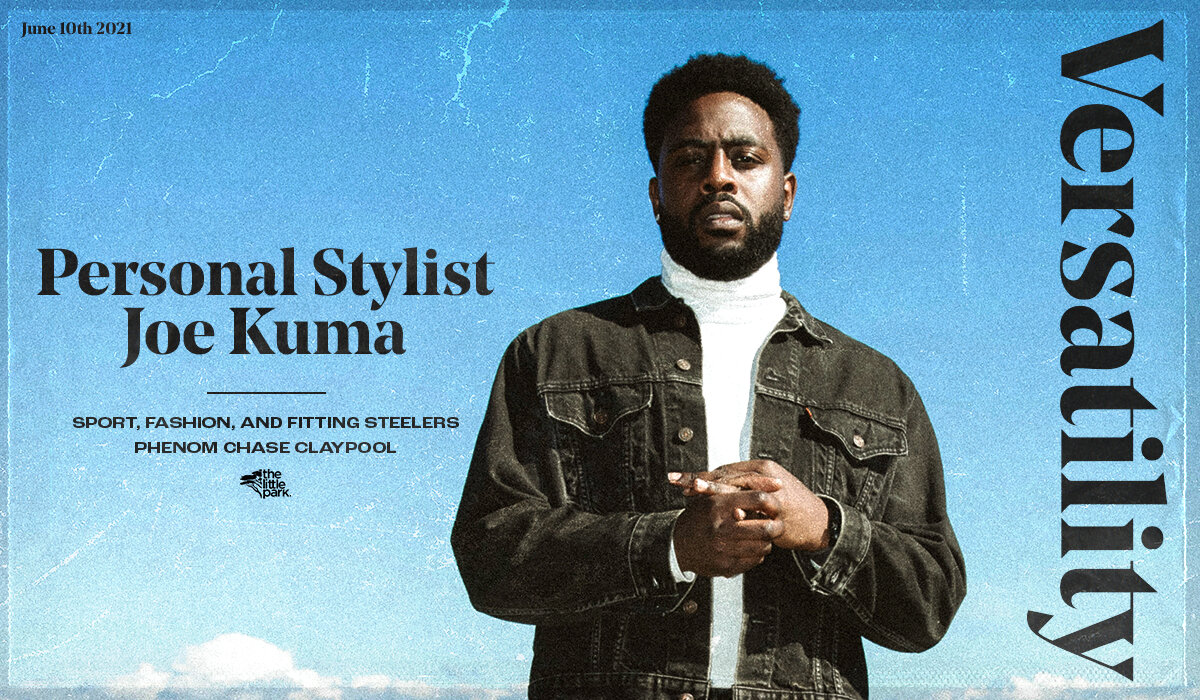When you drive around the city, you can feel the energy. This is as close to a Canadian market as you can get. The winters are long, the kids grow up skating on ponds and NHL dreams are rampant. And when the weather turns, everyone knows it's time for playoff hockey in Minnesota.—
I played my first two full years in the NHL with the Edmonton Oilers. Then, I hit a bit of a slump. When I learned I was being traded to Minnesota, it was a wake-up call. I had never been traded in my entire life and soon realized how easy it is to come and go in this league. I had worked for so many years to get into the NHL and had to make some changes to my game so that I could stay.To be honest, I didn't know a whole lot about the Wild when I was traded to there in 2009. I knew that they had a great fan base from when I played there as a road team. Their rink had a good atmosphere – sold out every night – but I didn't know a lot of players that had been through their system.It was Todd Richards’s first year as head coach and I had played for him in the AHL with the Wilkes-Barre/Scranton Penguins. We were both coming into our first year with the organization. Since its arrival in the league, Minnesota was known to be a defensive team. When Todd and I got there, it felt like the strategy was to add more offensive firepower. We weren’t a very deep team at first and I was called upon to produce on the scoresheet more often than usual.On a personal level, I felt like I was playing good hockey those first two years. Todd had trusted me with lots of ice time, but as a team, we weren’t having much success and hadn’t been to the playoffs in consecutive years.So when they fired Todd in 2011, I was a bit shaken.Is the next coach going to see my game the same way? I was having fun on the ice, but was the new coach going to trust me?Bringing in Mike Yeo was a call to get back to a structured, defensive system. It was tough to see Todd gone, but I understood what was happening. The change in strategy elevated the guys already in the locker room. Our captain, Mikko Koivu, was a difficult guy to play against in the defensive zone and I think getting back to the foundation of how hockey was played here was a big boost to his leadership. We brought in Zach Parise and Ryan Suter that year and drafted well. Some of our guys like Mikael Granlund and Charlie Coyle also took the next step.We were getting back to playing Minnesota hockey. Like I had done after the Edmonton trade, I was going to have to change the way I played to stay in the game.From then on, I was a third and fourth line defensive centre. I wasn’t here to score goals anymore, but rather to play against other teams’ top-end players and shut them down.It was a difficult transition at first. The media in Minnesota are a small bubble as compared to Edmonton. With the Oilers, you have multiple sources and plenty of opinions. In Minnesota, there just isn’t. It’s a couple of voices that the majority of the fanbase follows and hold in high regard. At times, I had wondered if certain folks understood how much my role had changed and what was being expected of me.But winning can solve a lot of things.I felt like the 2014 Stanley Cup Playoffs’ first round series against Colorado was my first taste of true playoff hockey. It was the same for the organization as a whole, I think. This was the year to turn the page.It was the most up and down roller coaster that you could ever imagine. We dropped the first two games at the Pepsi Center. What was bizarre about it was that we felt like we were playing good hockey. Bad breaks and a couple of mistakes in the NHL playoffs can mean you are down 0-2. Heading back to Minnesota for Game 3, we had a real belief that we could turn the series around.And the Energy Center was rocking. It was loud, like, very loud. There was a sense of tradition and identity inside the arena that made it a very intimidating place for any opposing team. We played hockey a certain way in this state and we were going to impose our style onto anyone who visited.We beat Colorado in Games 3 and 4 at home.Then, we dropped Game 5 at the Pepsi Center, again.Back in Minnesota for Game 6, we continued our winning ways to tie the series. Hats, flags, and jerseys are whizzing by at every turn in the city. It was pandemonium.But out of it all, Game 7 in Colorado was the highlight of not just the season, but my hockey career.For much of the game, we were trading goals in five-minute increments. In the third period, tied 2-2, they potted one early. We scored again, and then five minutes later, they went up again. We scored five minutes later to tie it. It was like clockwork. I had never been involved in anything like this.And, of course, five minutes into overtime Nino Niederreiter scores and we win the series on the road of all places.For the organization, it was the end of first round exits. And despite losing in the next round to a good Chicago Blackhawks team, we took them to six games, and it felt like we were trending towards a sustainable, winning culture. I was having the time of my life in Minnesota.That’s why it was difficult to say goodbye.The next year, we were swept again by Chicago in the second round. My contract was up and the writing was on the wall that I wouldn’t be coming back. I signed a deal with the St. Louis Blues and it really wasn’t until I signed the new contract that it all sunk in.I was proud to be a St. Louis Blue and, as a professional, shifted my focus to winning for that franchise. But that first year, on top of playing in the same division, proved to be difficult to go back to Minnesota. To be on the other side of that fanbase and its energy was one thing, but playing in that building as the opposition was a whole other beast. Most of all, to play against guys you had battled through so much with leaves a difficult taste in your mouth.I wished that we could have done more together.I try not to have too many regrets. When my body couldn’t play hockey anymore, I had the appropriate amount of time to make the decision to hang my skates up. I retired knowing how grateful I was for my career and I’ve been able to reflect on a lot of aspects since then.I have a lot of pride for the role that I played for the Wild and for putting on that jersey. I wanted to win a Stanley Cup for them and I did everything that I could to make it happen. My family and I continue to be invested in Minnesota through memories and close relationships built over a large, six year chunk of my career. We are going to love that place forever.It has taken them a few years to bounce back but you see the Wild this year and they've done a really good job of keeping some of the core players around. Jared Spurgeon and Matt Dumba, guys that I had played with, remain good pieces for the team.In this year's playoff series against Vegas, I watched the first half of Game 3 and with the Wild up 2-0, I changed the channel. Of course Vegas stormed back to win 5-2. I should have known better than to expect anything less than a roller coaster in Minnesota. Down 3-1 in the series, the boys are up against it, but never count out the State of Hockey.They're an electrifying team to watch, which you haven't always been able to say about the Minnesota Wild.No matter what happens this year, I think the organization is heading in the right direction.
